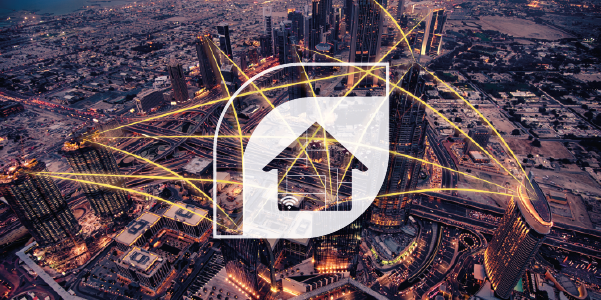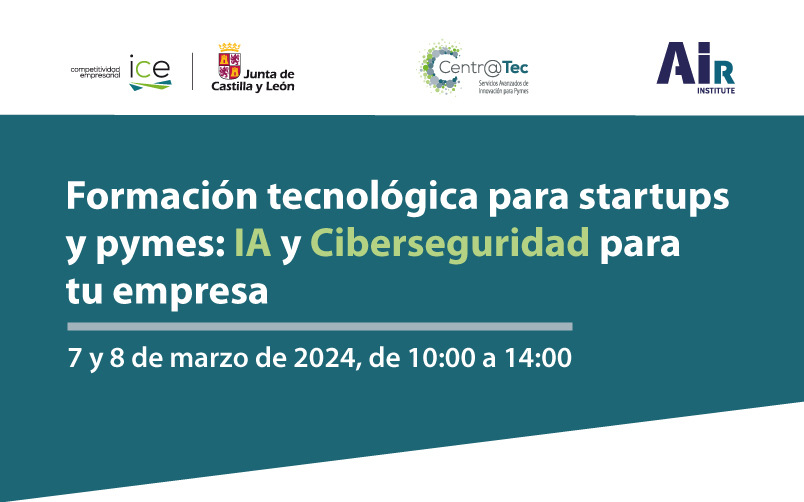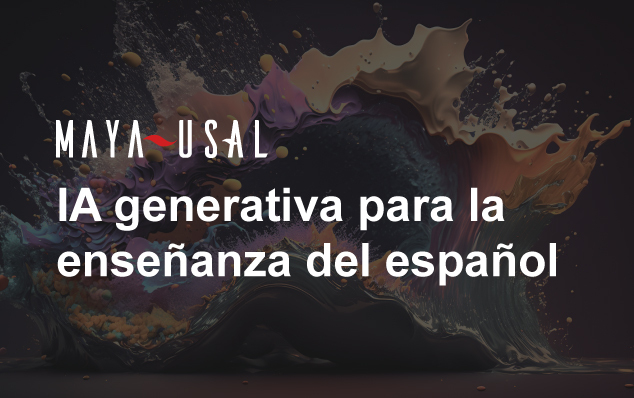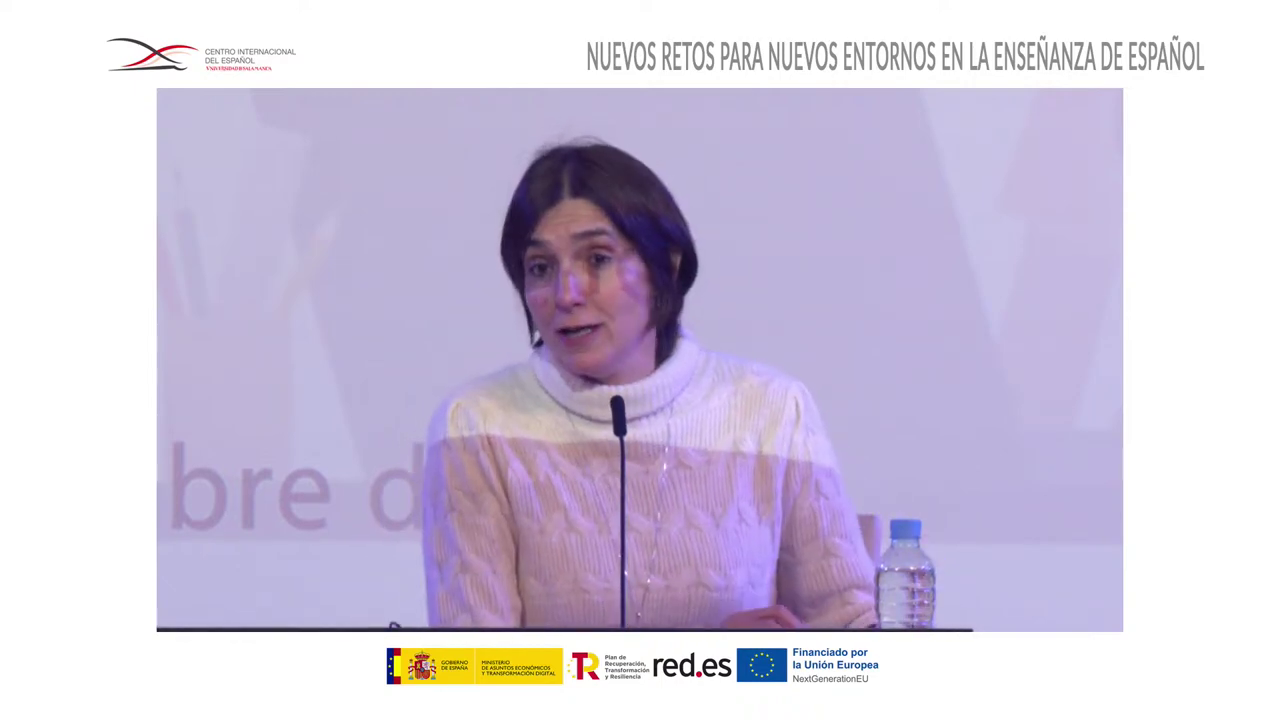In 1874, several weather information devices were installed on Mont Blanc to collect data and transmit it via a radio link. Even earlier, in 1830, telegraphs were used to communicate with one another. Arguably, it was the first step towards the beginning of the Internet of Things. Then, in 1999 the concept of IoT was coined by Kevin Ashton, a pioneer in the work of radio frequency identification.
The IoT is the implementation of the internet in any object. Its aim is to interconnect a physical object with other devices or systems through the internet. This technology facilitates not only our daily lives, but also in the industrial area.

How does the Internet of Things work?
The process it uses is known as M2M (machine to machine), making two devices communicate, directly or indirectly, without human intervention, through sensors and chips that both instruments have incorporated. For example, a mobile phone is directly connected to the internet; however, the same does not happen with an activity bracelet or smartband, which are connected to a mobile phone and this in turn is indirectly connected to the internet.
More than 60% of the world's population is connected to the internet, ushering in an era of interconnectedness with around 31 billion devices. These devices capture usage and performance information through sensors, facilitating monitoring and operation, leading to the optimisation of processes by automating them, saving time and costs.
This technology can be implemented in any object imaginable. It has been developing since its beginnings in 1999 and will continue to do so to make life easier for human beings. Given the situation the world is going through due to the pandemic, its use will intensify further, but at the same time, it will allow us to enjoy more effective solutions.
IoT is booming, and so, specialists in this field are needed. In this regard, at the BISITE research group of the University of Salamanca, you can earn a Master in the Internet of Things. This will allow you to develop in a sector that demands more and more specialists.
You can request more information by writing to formacionbisite@usal.es




